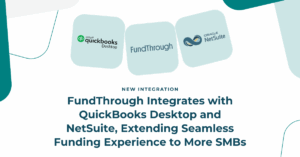
FundThrough Ranked As A Fastest-Growing Company in North America on the 2025 Deloitte Technology Fast 500™
Attributes 148% revenue growth to strategically balancing growth and risk through tumultuous time for fintech industry. Toronto, Ontario, November 19, 2025 — FundThrough today announced


